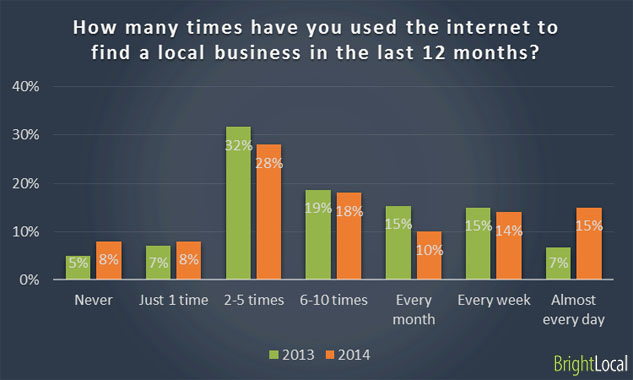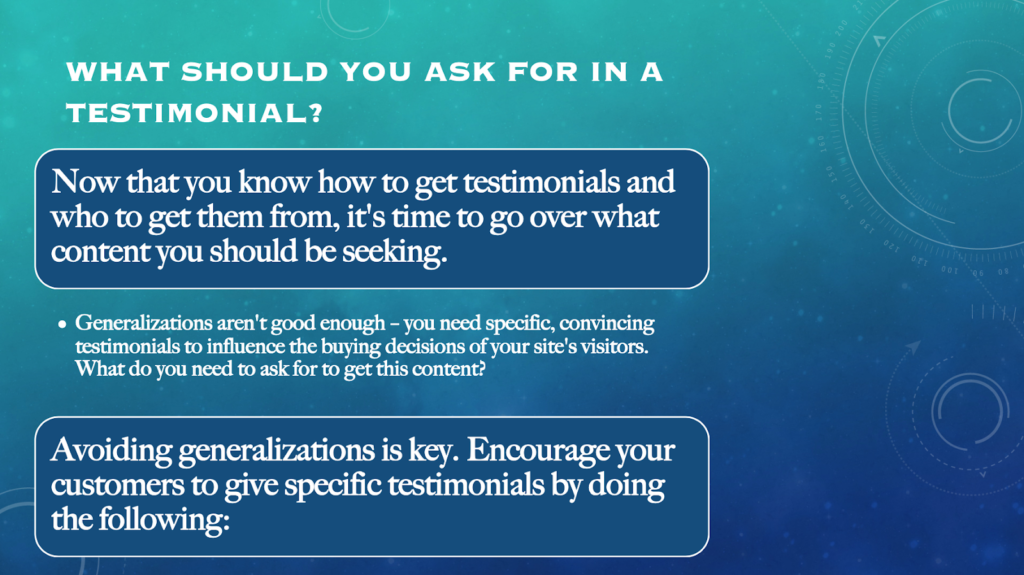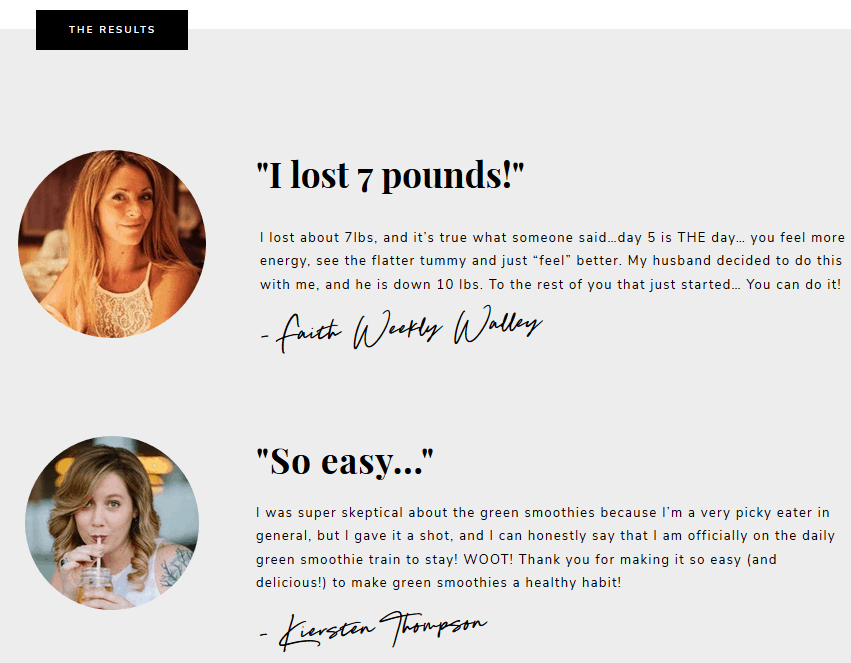
Table of Contents
- What are Testimonials?
- Kinds of Testimonials
- How to Source Testimonials
- How To Use Testimonials
- Customer Testimonial Checklist: How To Use Testimonials
- Key Takeaways
- Conclusion
- FAQs
In marketing, there’s nothing better than word of mouth. Goodwill has a viral effect. If you want to succeed in business, you need social proof from happy customers. Happy customers are like a diamond mine. You know who they are. You know where they are. What you require as a marketer is to begin mining those diamonds. You have won half the battle if you understand how to use testimonials effectively.
Customers won’t trust you when you say your product or service is the best. But they will trust other customers’ positive experiences with you. The key to establishing credibility is to back up your claims. If you can prove other people have used and loved your product, you can gain customer trust.
Seasoned marketers acknowledge customer testimonials as a means to power brand value. According to an A.C. Nielsen poll, 83% of customers completely or partly trusted personal recommendations. 66% valued online opinions. In another study, 88% of online customers used Internet reviews to understand the quality of local products/services.

Website conversions have a direct relationship with customer testimonials. This is why it is essential to understand how to use testimonials in marketing. This short guide focuses on increasing your awareness of how to use testimonials. By the end of this blog, you should have a clearer idea of the use of testimonials and the accruing benefits.

What are Testimonials?
A testimonial is a comment or statement that describes the quality of a product or service. Testimonials are trustworthy because they come from a neutral source. When a customer who has no financial benefit from recommending a product puts their word behind it, it holds great value.
Testimonials often have a dedicated page on merchant websites. They can also be found on “about us” pages and scattered across commercial websites. In terms of marketing psychology, the use of testimonials has a privileged place. A third-party affirmation of a product is very valuable to potential customers.
Kinds of Testimonials
Broadly, when studying how to use customer testimonials, there are seven kinds of testimonials:
- Press reviews
- High profile reviews
- Customer quotes
- Short videos
- Case studies and success stories
- Customer interviews
- Social media posts
Of these, customer quotes are easy to relate to and the easiest to get.
How to Source Testimonials
We know that the idea of testimonials appeals to you. You want to know how to use testimonials in marketing. Begin by sourcing customer testimonials. It’s far easier than sales.
Small businesses use two ways to source customer testimonials:
- Contacting loyal customers directly for testimonials
- Looking for existing testimonials in emails, social media, Google My Business, etc.
Send your biggest fans emails requesting their testimonials. Make the emails short and sweet.
Here’s an example.
Email sourcing template
Hi, (name)!
Thanks for your email letting us know you were delighted with the product.
We would like to feature your message to let other customers know how they can benefit from (product name).
In return, we will link back to your website from our site (for your SEO).
If you don’t wish to be a featured review on our site, do let us know. Otherwise, send us a couple of lines on how our product brightened your life.
Thank you for your business. We hope to delight umpteen customers like you.
Sincerely,
(Name, designation)
(Business name)

How To Use Testimonials

Keep your eyes peeled for the use of testimonials via customer experiences in social media, email “thank you” messages, and other customer interactions. Whenever customers have experienced joy, gratefulness, and other positive emotions due to your business, you may have testimonial material ready. Be sure to ask customer permission to publish testimonials.
These tips and best practices will help you get the most mileage from customer testimonials.
Use specific measurables in testimonials.
Customers that use specifics in testimonials are more likely to influence further purchase decisions. Request customers to use concrete figures in testimonials. This makes them believable.
Synchronize the product image with the testimonials
Associating the testimonial with a product image is one of the best ways to use customer testimonials. This can be done by featuring the product image side-by-side with a testimonial.
Combine visuals with text
Product videos are known to be particularly effective when it comes to testimonials. Showcase customers who are using your products. Add their pic along with the written testimonial.
Use A/B testing
A/B testing can show you which mixture of customer testimonials is converting the best.
Believability
When working on how to use testimonials, make sure they are believable. Adding the customer name, a link to their site, and their logo and picture makes the testimonial authentic.

1. Why use customer testimonials, and how they help
Often intermediate-level marketers need a ready reckoner on the same subject, too. This section of the guide covers ways to use testimonials in marketing.
- Testimonials boost credibility
- You tell your customer your product is good. You tell them it solves their problem. But they won’t believe you—not until the words of a satisfied customer back you.
- Customers don’t know that you aren’t another of the Internet’s shady deals.
- Buyers require social proof before spending their hard-earned moolah.
- They aren’t convinced by your professional sales letter.
- Enter social proof
Past customers are not paid to say something good about you. The only thing they want from a good product experience is to pay it forward. By validating your product experience, testimonials boost your credibility.
- Testimonials appeal to emotion.
Buyers buy based on emotion more often than logic. Testimonials appeal to buyer emotions as no marketing copy can. When your product is backed by authentic experiences from real people, potential customers know that their money will be well spent.
- Testimonials use the power of storytelling.
We bipeds lose ourselves in a good story. We are enraptured by fairy tales from early childhood; everyone loves a good story.
This is the element testimonials taps into. By harnessing the human need to listen to a good narrative, marketers shine in knowing how to use testimonials. A story with a happy ending converts leads into customers effectively.
- Testimonials build client loyalty.
When you reach out politely and professionally to satisfied customers, it builds client loyalty. They feel flattered when you ask them to use their words in your business efforts.
This makes them feel engaged and valued. They are then likely to connect strongly to your brand and spread your message through personal efforts as well.
2. How to use testimonials in marketing? (Naturally, of course)
By the very nature of what they are, testimonials are written and perceived naturally.
The author isn’t part of your business. They offer their product experience out of their delight with the product. This is received as a natural statement of support to your product. No corporate language is used, and the natural customer shines through—one that prospects relate to fully. This is when the sale is made. Testimonials are personal and strike a chord in the reader.
3. How to use testimonials to improve your offering
Sometimes testimonials let businesses know where there is room for improvement.
By highlighting shortcomings, customers help businesses improve their processes and products. This product improvement can then be shown publicly, and you will be seen as a business that cares.
Testimonials can be a golden opportunity for servicing and delighting customers.
- Use testimonials to thank employees.
You can use customer appreciation of employees to express how important employees are to your success. This makes you look like a 360-degree operation where the management, employees, business, and clients are all valued.
A great byproduct of this is that employee motivation increases.

- Shares in social media as on the current day
Testimonials shared on social media sometimes go viral. And we aren’t talking COVID viral. We’re talking viral in terms of a boost to your goodwill and image. When your URL is shared in posts, it may be the defining factor in your business growth.
According to Social Fresh, testimonials are more important to brand success and credibility than analyst reports.
- Statistics in use of testimonials in marketing
- According to Invespcro, businesses with great testimonials experience more customer buying.
- Zendesk says 88% of buyers decide based on testimonials.
- Spiegel Research Centre says 95% of online shoppers refer to reviews before making a purchase.
- Negative reviews lead to a drop in leads and conversions.
Reviews vs. case studies
In B2B, marketing case studies are used rampantly. But TrustRadius reports reviews are regarded as more unbiased and authentic than case studies. They are easily digested, personal, and more real.
4. How to use testimonials in video marketing
Video testimonials are easily consumed, entertaining, and more trustworthy. Cisco says the use of video in 2021 is about 82% of internet traffic.
Marketers need to cash in on this proliferating media and make the most out of the power of video testimonials.
5. How to use testimonials to boost search rankings
- Frequently updating your site with testimonials will lead to a boost in your search rankings.
- Google aggregates reviews from various sites, which may be a factor in increasing your rank.
- Finally, implement Google Reviews. Customers can easily review you after checkout.
Customer Testimonial Checklist: How To Use Testimonials
The elements of customer experience as shown through testimonials must include the following:
- Before product experience vs. after product experience
- Nature of problem solved by the product
- The journey from problem to resolution
- USP of product
- Personal gain from product
- Expectations vs. reality of product
- Reason for recommending the product
- Anything to improve in the product
- Product experience in one word
- Favorite product feature
- Customer service review
Key Takeaways
- Customer testimonials are the new word of mouth online.
- Testimonials are trustworthy and credible.
- More and more customers are looking for testimonials to make buying decisions.
- Testimonials are great social proof.
- Of the many kinds of testimonials, customer quotes are arguably the best to implement.
- Statistics prove testimonials work.
- Testimonials help improve a business.
- Testimonials yield a disproportionate return on effort.
Conclusion
B2B and B2C enterprises’ business success often relies on customer testimonials. Both local and global businesses benefit from positive customer reviews. If you receive a negative review, this can be an opportunity to increase engagement, overcome shortcomings, and come out on top. Using these common-sense tips, you can ace the game of how to use testimonials successfully in your online business.
FAQs
Customer testimonials can be used creatively to project your business in a positive light by using the experiences of real people.
Customer testimonials are ranked as one of online marketers’ most effective marketing tactics.
A good customer testimonial should include a person’s picture, name, and link to a profile or website.
1. Google Customer Reviews
2. Foursquare
3. Yelp
4. Angie’s List
5. Consumer Reports
6. Trip Advisor
7. Which?
8. Amazon Customer Reviews
1. Source the testimonial
2. Align the testimonial with the checklist mentioned earlier in this guide
3. Feature the best testimonials on your website
4. Make testimonials richer and more trustworthy – add images and profile links.
5. Split test which kind of testimonials are more effective
Latest Blogs
Learn how to rank on AI search engines like ChatGPT, Perplexity, and Gemini by optimizing your content for authority, structure, and relevance. Stay ahead in AI-driven search with this strategic guide.
Explore the best healthcare SEO services for your medical practice. Improve online visibility and effectively reach more patients in need of your services.
Discover top social media agencies specializing in banking solutions, enhancing financial services and driving engagement.
Get your hands on the latest news!
Similar Posts

Content Marketing
4 mins read
11 Best B2B Content Marketing Agencies for B2B Companies in 2024

Content Marketing
5 mins read
Top ecommerce Marketing Agencies with Proven Strategies for 2024

Content Marketing
5 mins read